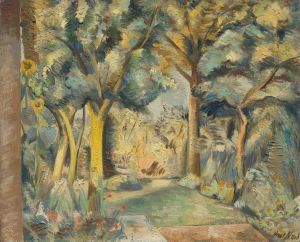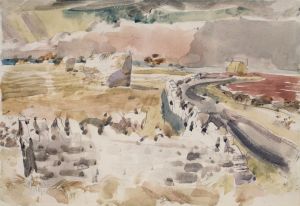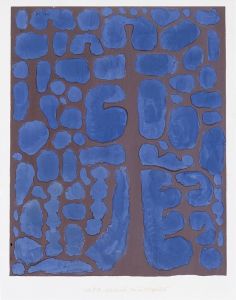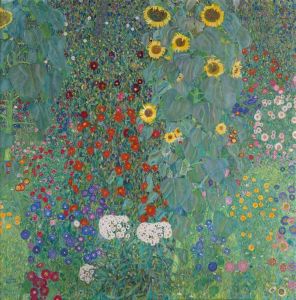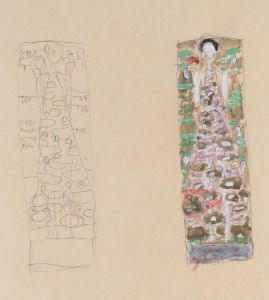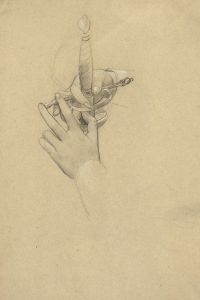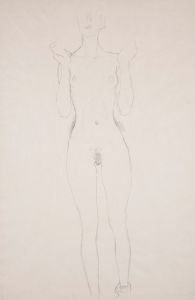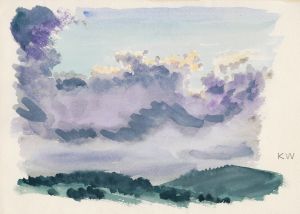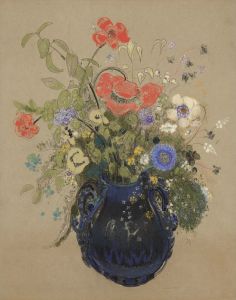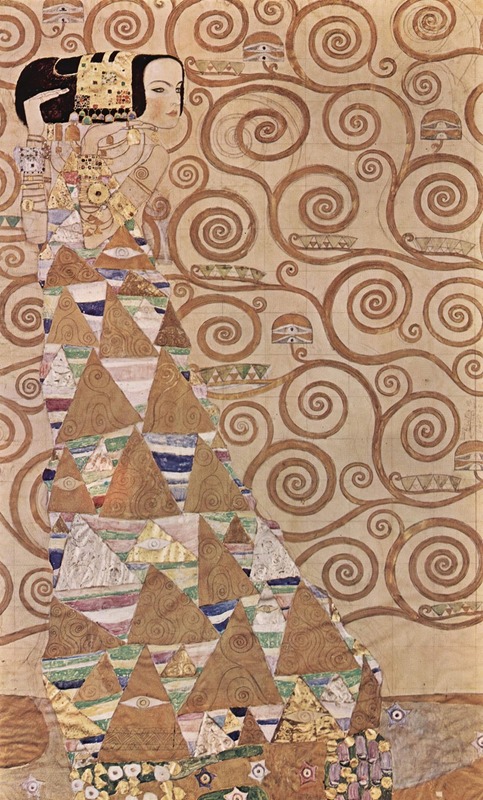
Expectation
A hand-painted replica of Gustav Klimt’s masterpiece Expectation, meticulously crafted by professional artists to capture the true essence of the original. Each piece is created with museum-quality canvas and rare mineral pigments, carefully painted by experienced artists with delicate brushstrokes and rich, layered colors to perfectly recreate the texture of the original artwork. Unlike machine-printed reproductions, this hand-painted version brings the painting to life, infused with the artist’s emotions and skill in every stroke. Whether for personal collection or home decoration, it instantly elevates the artistic atmosphere of any space.
"Expectation" is a renowned work by the Austrian symbolist painter Gustav Klimt, created between 1905 and 1909. This piece is part of a larger project known as the "Stoclet Frieze," which was commissioned for the Palais Stoclet, a luxurious private mansion in Brussels, designed by the architect Josef Hoffmann for the wealthy Belgian financier Adolphe Stoclet. The Stoclet Frieze consists of three main sections: "Expectation," "Fulfillment," and "The Tree of Life."
Gustav Klimt, born in 1862 in Baumgarten, near Vienna, was a prominent figure in the Vienna Secession movement, which sought to break away from traditional academic art and explore new artistic expressions. Klimt's work is characterized by its ornate style, use of gold leaf, and incorporation of symbolic and allegorical themes.
"Expectation" is a striking example of Klimt's mature style, showcasing his fascination with Byzantine mosaics, which he encountered during his travels to Ravenna, Italy. The influence of these mosaics is evident in the intricate patterns and the use of gold leaf, which gives the work a shimmering, opulent quality. The piece is executed in a mixed media technique, combining oil paint, gold, and silver leaf on a plaster surface.
The central figure in "Expectation" is a woman depicted in profile, adorned in a richly patterned robe. Her elongated form and stylized features are typical of Klimt's approach to the human figure, emphasizing elegance and sensuality. The woman's robe is decorated with geometric shapes and swirling motifs, which are reminiscent of the Art Nouveau style that was popular during this period. Her pose, with an outstretched arm and a slightly tilted head, conveys a sense of anticipation and longing, aligning with the theme of expectation.
Surrounding the figure are abstract, decorative elements that contribute to the overall harmony and rhythm of the composition. These elements include spirals, triangles, and other geometric forms, which are meticulously arranged to create a sense of movement and dynamism. The background is filled with a mosaic-like pattern, further enhancing the connection to Byzantine art and emphasizing the luxurious aesthetic that Klimt is known for.
"Expectation" is not only a testament to Klimt's artistic skill but also reflects the broader cultural and artistic trends of the early 20th century. The work embodies the spirit of the Vienna Secession, with its emphasis on innovation, beauty, and the exploration of new artistic languages. It also highlights Klimt's ability to blend different influences, from ancient art to contemporary design, into a cohesive and visually stunning composition.
Today, "Expectation" remains an important part of Klimt's oeuvre and is celebrated for its intricate detail, symbolic depth, and the masterful use of materials. The Stoclet Frieze, including "Expectation," is considered one of Klimt's masterpieces and a significant contribution to the decorative arts. The Palais Stoclet itself is recognized as a UNESCO World Heritage Site, preserving this remarkable example of early 20th-century art and architecture for future generations to appreciate.





